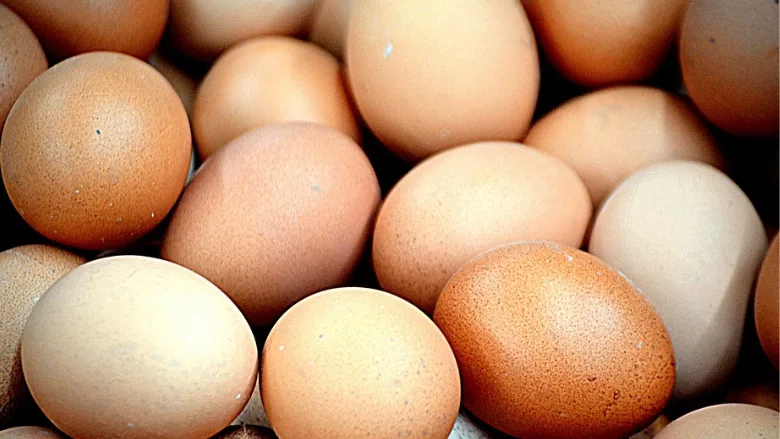FDA Issues Final Guidance for Shell Egg Producers on Outdoor Access for Laying Hens

Credit: PublicDomainPictures via Pixabay
The U.S. Food and Drug Administration (FDA) has issued final guidance for shell egg producers on how to comply with certain provisions in the final rule titled, Prevention of Salmonella Enteritidis in Shell Eggs During Production, Storage, and Transportation (often referred to as the “Egg Rule”). The final guidance is FDA’s fourth guidance to help industry comply with the Egg Rule.
The guidance provides recommendations on how egg producers, who allow hens access to areas outside the poultry house, can meet requirements to prevent S. Enteritidis from contaminating shell eggs on the farm. A significant change from the draft guidance issued in July 2013 is that FDA is designating a porch as an area outside the poultry house rather than part of the poultry house. FDA made the change in response to comments submitted to the draft guidance.
FDA believes that egg producers can provide laying hens with access to areas outside the poultry house, including porches, outdoor runs, and pastures, and still comply with the Egg Rule. To be compliant, egg producers must take steps to ensure there is no introduction or transfer of S. Enteritidis into or among poultry houses. Egg producers can take practical steps to control S. Enteritidis in areas outside of the poultry house to help ensure that S. Enteritidis will not be introduced into the poultry house. The guidance describes the most common types of egg production operations for laying hens with access to areas outside of the poultry house, and explains how egg producers can take S. Enteritidis prevention measures, such as monitoring for rodents and flies in areas outside the poultry house, to help prevent S. Enteritidis in shell eggs.
The Egg Rule is designed to prevent S. Enteritidis from contaminating shell eggs on the farm and to prevent S. Enteritidis growth during storage and transportation. S. Enteritidis is the most common cause of foodborne illness outbreaks linked to the consumption of shell eggs. The Egg Rule requires that all egg producers with 3,000 or more laying hens adopt measures designed to prevent S. Enteritidis.
Looking for quick answers on food safety topics?
Try Ask FSM, our new smart AI search tool.
Ask FSM →



.webp?height=200&t=1652719430&width=200)


